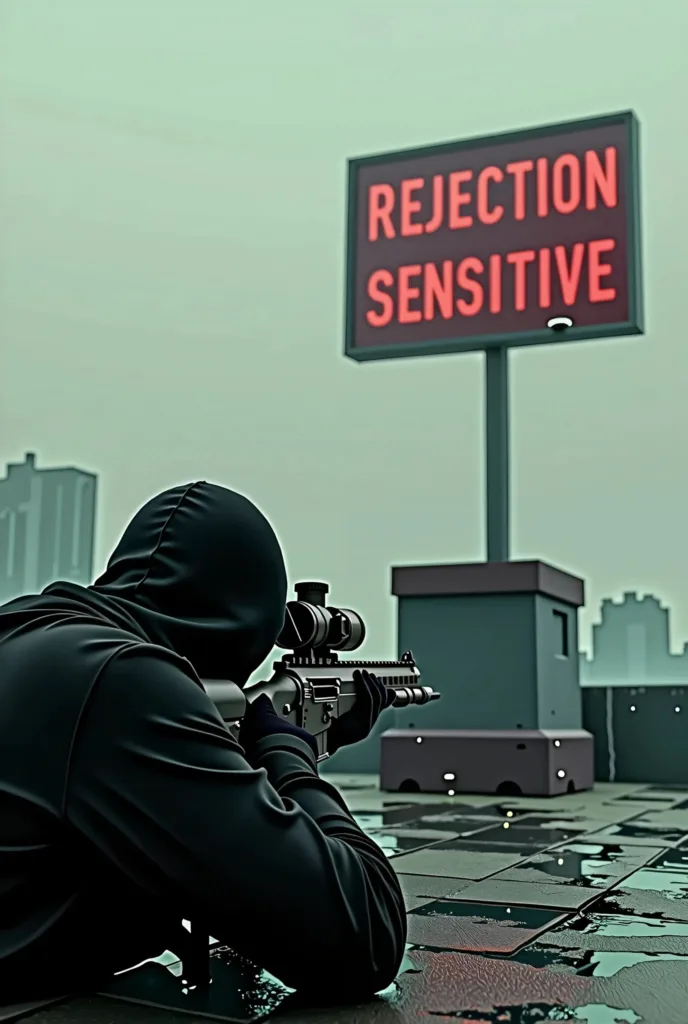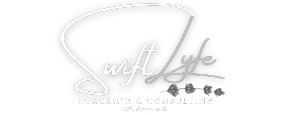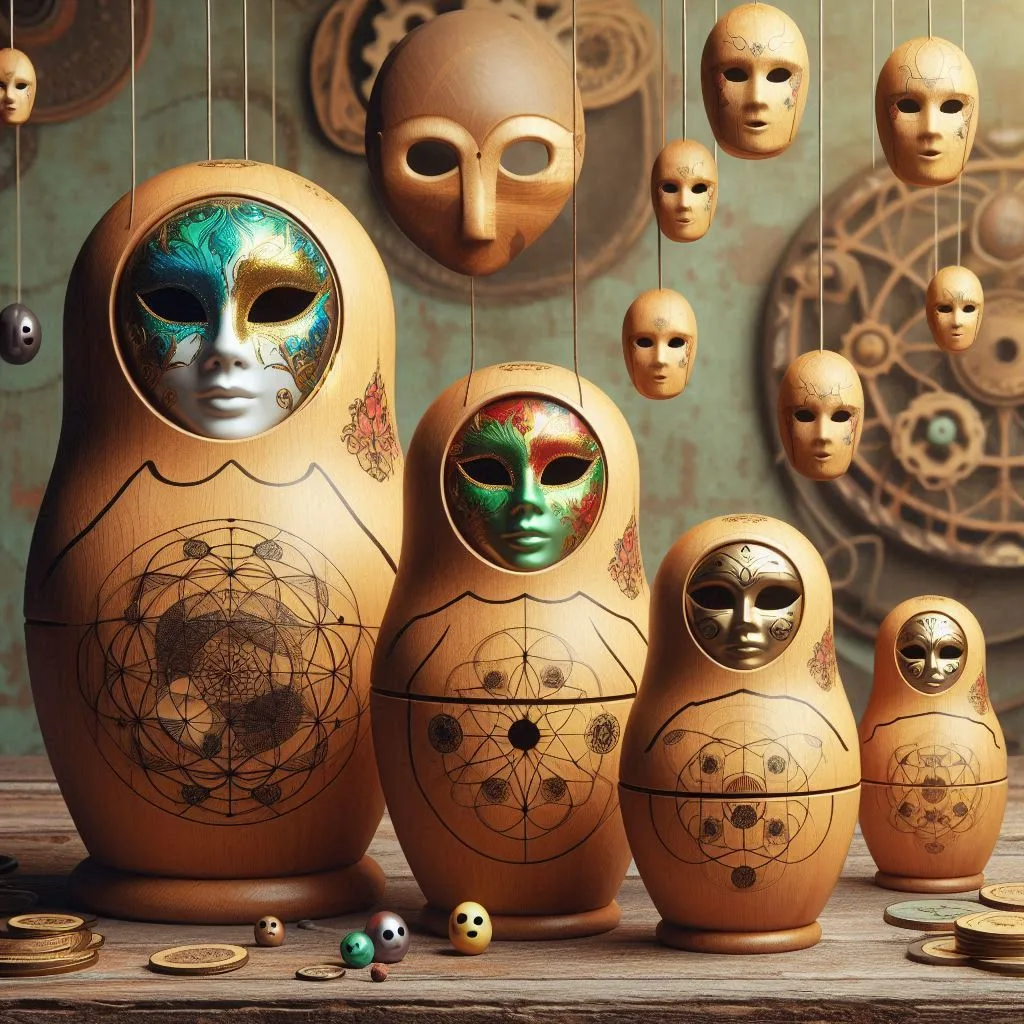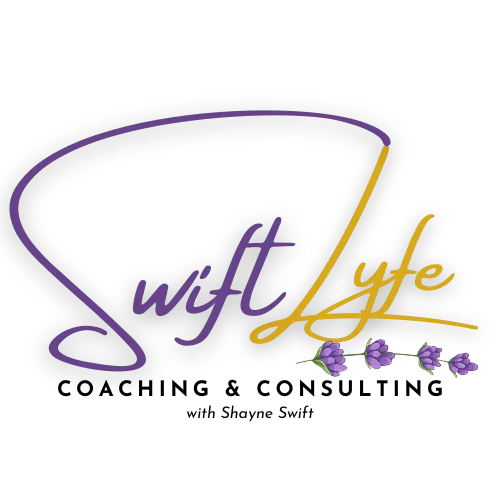When we think of Matryoshka dolls—also known as nesting dolls, stacking dolls, or Russian dolls—the familiar image of one doll hiding within another comes to mind. These intricately designed dolls fit perfectly inside one another, concealing layer after layer until the smallest, innermost figure is revealed. For those of us living with ADHD, this iconic image serves as a powerful metaphor for the layers of masking we adopt daily. We hide our true selves to fit in, appear “normal,” and conform to society’s expectations. But what happens when we finally reach a place where we can unstack those layers and show our authentic selves?
Why Do We Mask?
One of the key reasons for masking is the fear of Rejection-Sensitive Dysphoria (RSD), a term that may resonate deeply with anyone managing ADHD. RSD is an intense emotional response to even the slightest hint of rejection, criticism, or failure. The fear of rejection becomes so overpowering that many of us adopt these layers of masks to shield ourselves from judgment or ostracization.

For years, I visualized my battle with RSD as facing a neon sign, glaring and impossible to ignore, with “REJECTION” lit up in bright, uncomfortable letters. I used to imagine trying to destroy that neon sign, like a sniper taking aim at a distant target. But this approach didn’t work. I realized that I was giving the idea of rejection too much power. You can’t “shoot down” a thought—it’s too elusive, too abstract.
Redefining Rejection
Recently, I’ve begun to think of RSD as something more tangible, like a monster that thrives on fear, anxiety, and low self-esteem. It lurks in the darkest corners, feeding off trauma and the hyperactive amygdala (the brain’s fear center) often seen in those with ADHD. By envisioning RSD as something physical—a grotesque monster I could actually face—it became more manageable. The shift in perspective taught me that if this monster is real, it can be defeated.
This change in thinking was sparked by a book I read, Embracing Neurodivergent Beauty: Celebrating the Artistry of Being True to Oneself by Hilary Sartar. Her words inspired me to embrace my ADHD and neurodiversity, not as weaknesses to be masked, but as strengths to be celebrated. What society may see as flaws can actually be our greatest assets—when we allow ourselves to show them.
Reclaiming Power Through Art
I’ve also found creative outlets to help process my emotions, like experimenting with SeaArt AI. Using art and humor, I can strip away the power that RSD once held over me. By visualizing, poking fun at, or artistically dismantling my overwhelming emotions, I reclaim my sense of control.
Unstacking the Dolls
The Matryoshka dolls I used to picture as a metaphor for masking? I’ve realized I don’t need to keep stacking them anymore. I’m no longer hiding behind layer after layer. Instead, I’m unstacking—embracing my true, unfiltered self. And let me tell you, it feels liberating.
I’m in the midst of a neurodiversity “coming out” party, celebrating the full spectrum of who I am, ADHD and all. It’s a journey that has led me to a deeper understanding of myself, my strengths, and the power that comes with letting go of fear. Just like those dolls, it’s time for us to shed our layers and stand tall, proud, and unmasked.
Ready to unstack your own layers? Let’s embrace our unique journeys together and show the world the artistry of being true to ourselves.


